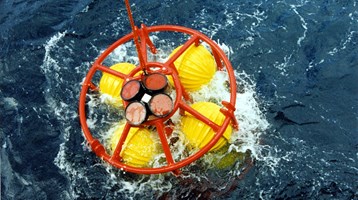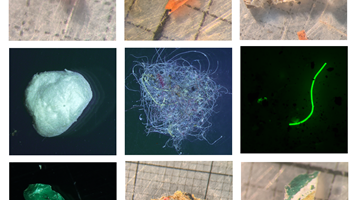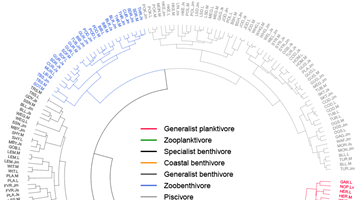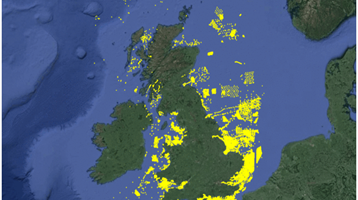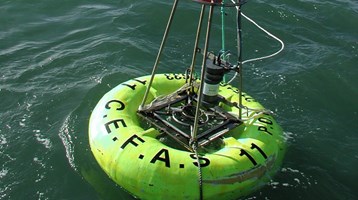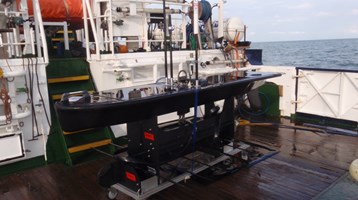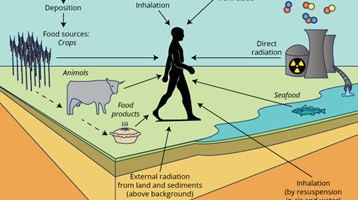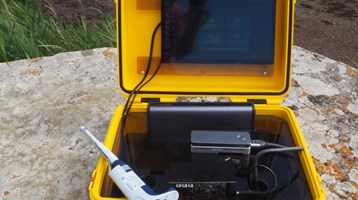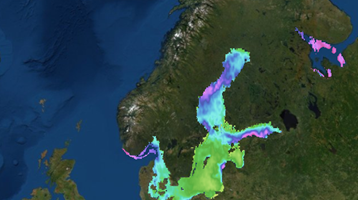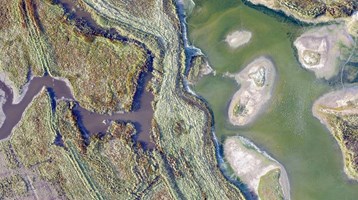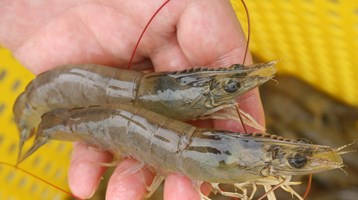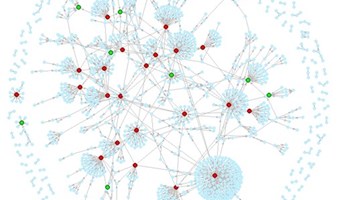Biological-based habitat classification and cost-efficient monitoring
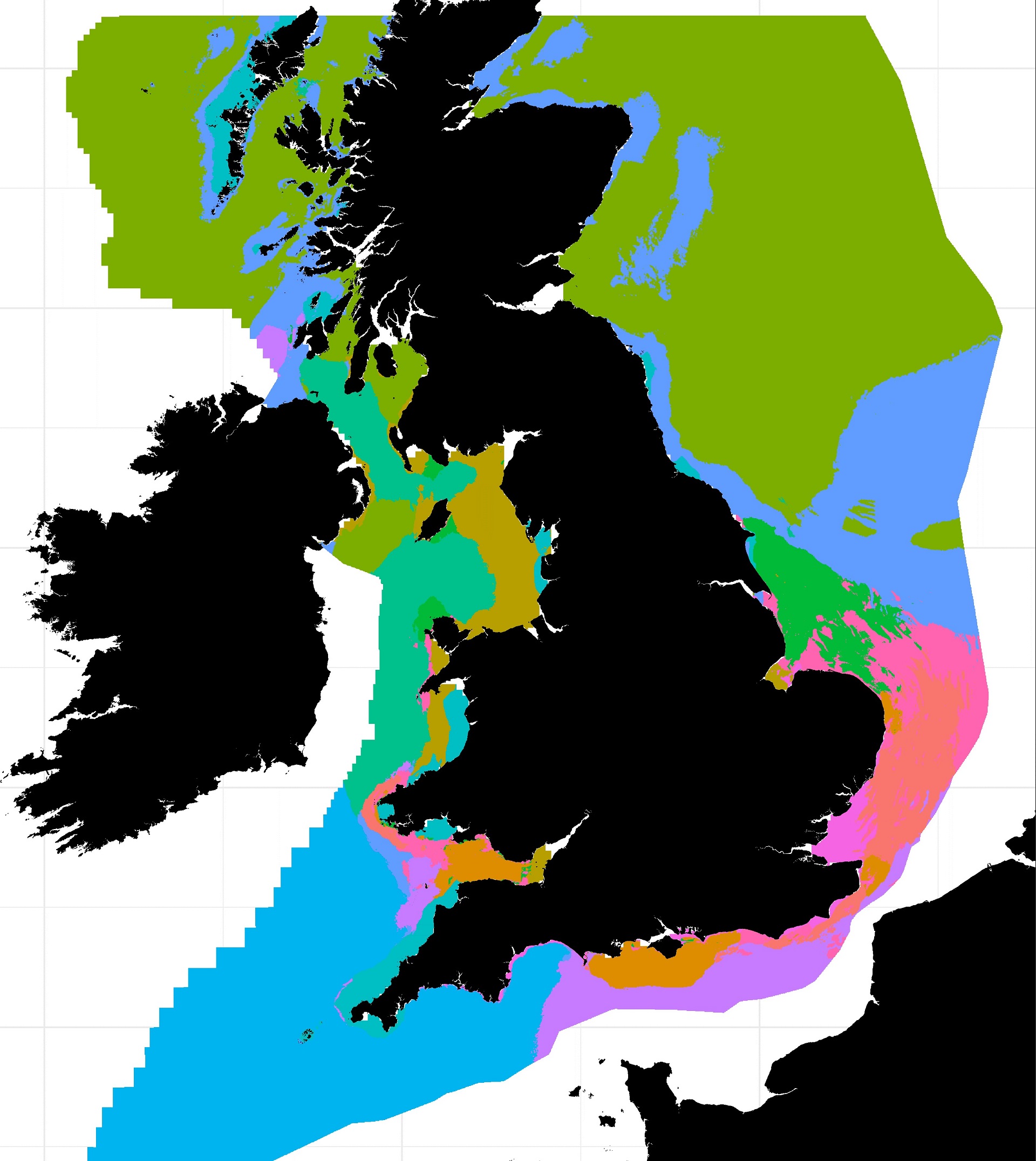
Seabed habitat maps can help facilitate the management of marine environments. A variety of approaches exist for seabed habitat classification. Most partition the environment according to physical environmental characteristics, with an assumption that resulting habitat classes are biologically meaningful. In the absence of comprehensive broad-scale biological data, this strategy offers a logical and pragmatic way of producing habitat maps to help manage the marine environment. Across Europe, the physical based European Nature Information System (EUNIS) classification has gained wide acceptance, with maps used to classify broadscale habitats within Marine Protected Areas and to design monitoring programmes. An alternative approach to habitat classification, made possible by increasing quantities of data, is to use the biology to identify meaningful habitats. With such contrasting approaches, the question arises as to which provides the most robust and efficient basis for biological monitoring.
To investigate, we compared variability in macrofaunal assemblages across different EUNIS sediment classes to those of two new habitat classification approaches developed in this study. The first of these (PHY) is based on a wide suite of physical variables known to influence the fauna. The second (BIO) uses the fauna to identify meaningful habitats. Both classifications were produced using a training dataset (9,619 grab samples) and employing k- means clustering and Random Forest Modelling. Power analysis of test set data (4,123 samples) was used to assess the number of samples required to detect a 20% change in taxon richness and total abundance across all classes of each classification approach.
biologically-based habitat maps could offer a more cost-effective basis for ecological monitoring
Results showed that across all habitat classes, the BIO classification required 49% and 31% fewer samples to detect the change in richness and abundance than EUNIS level 4. Whilst offering some improvement on EUNIS, PHY still required many more samples than BIO.
Habitat maps based on biological data have generally lower within-habitat variability in community metrics than those produced using physical attributes alone. As a result, biologically-based habitat maps could offer a more cost-effective basis for ecological monitoring.
Related to this article
Topic
Case studies
People
Further Reading


Working for a sustainable blue future
Our Science

